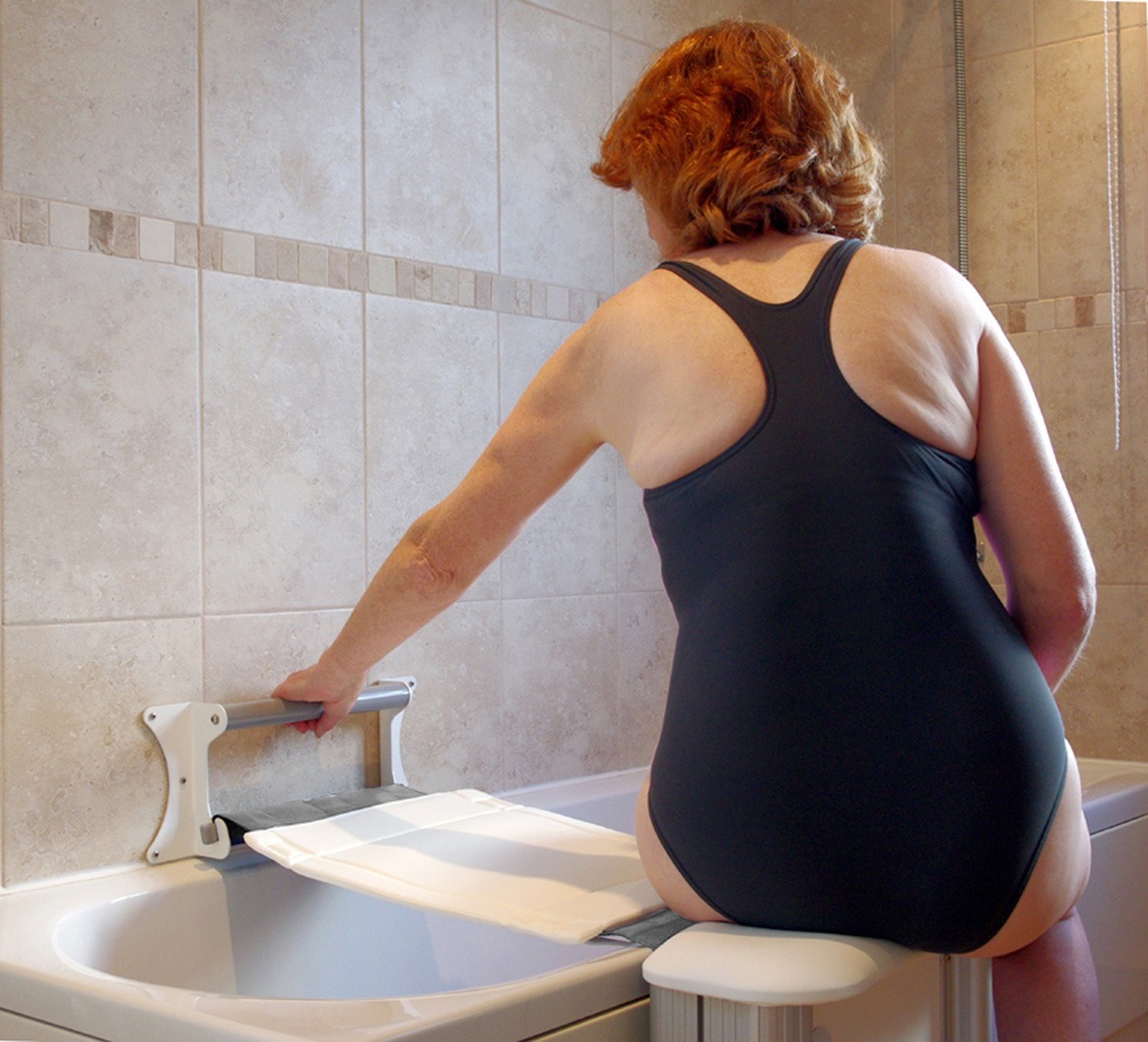
6 Top Tips For Ageing In Place
There are all sorts of benefits associated with living independently and ageing in place, staying in your own home as long as you can, ranging from boosting your confidence and self-esteem to giving you greater choice over your own life, enjoying a greater level of control of what happens – all from the comfort of familiar surroundings.
However, it’s important to recognise that your needs may well change as you get older and if you want to continue living at home as you age, you will need to engage in appropriate consideration and planning to ensure that you’re able to retain your independence over the years.
If you are worried about your safety at home and your ability to get around or carry out daily activities, there are a few changes and adaptations you can make that will ensure your home is easier and safer for you to live in.
For example, you could remove any and all area rugs and ensure that all carpeting is properly fixed to the floor so as to reduce the risks of slips, trips and falls. This can also be achieved through the use of non-skin mats and no-slip strips on tiles and wooden floors, or any other surfaces that may get wet, such as those in the kitchen and bathroom.
Another option is to replace the handles on your doors and windows so that you have easy-to-use ergonomic options that take into account changes in manual dexterity and conditions like arthritis.
One of the most dangerous places in the house for older people is, of course, the bathroom and, as such, this may be the best place to focus your attention first. You could consider installing the likes of grab bars in the shower and near the toilet. Other options include the installation of walk in shower baths that can make bathing more accessible.
If you’d like to find out more about how to improve bathroom safety and accessibility as you get older, get in touch with Practical Bathing today to see how we can help.

